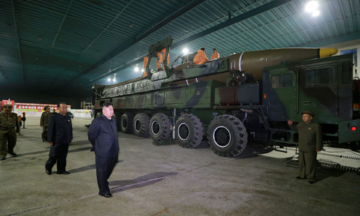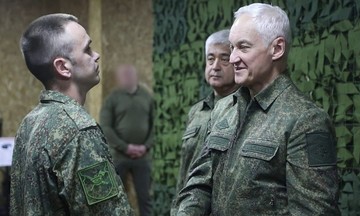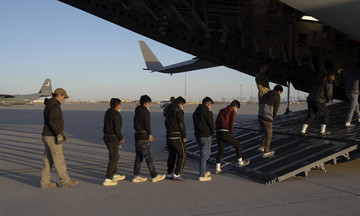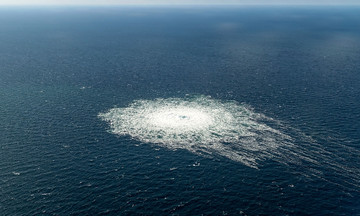A senior Israeli official, speaking anonymously on 22/6, revealed to the Jerusalem Post that Prime Minister Benjamin Netanyahu and Strategic Affairs Minister Ron Dermer spent about a week persuading US President Donald Trump to authorize airstrikes on Iranian nuclear facilities over the weekend.
Netanyahu and Dermer also pushed Washington to expand the operation from a single target, the Fordow "nuclear fortress," to three targets, including the Natanz and Isfahan facilities in central Iran. Tel Aviv argued they had repeatedly attacked both sites with positive results and needed Washington to "deliver the final blow."
"On June 19, the US president called Prime Minister Netanyahu and informed him of his decision to order the attack," the senior Israeli official recounted. "Without seeing the results of Israel's operations, the US president would never have considered striking Iran."
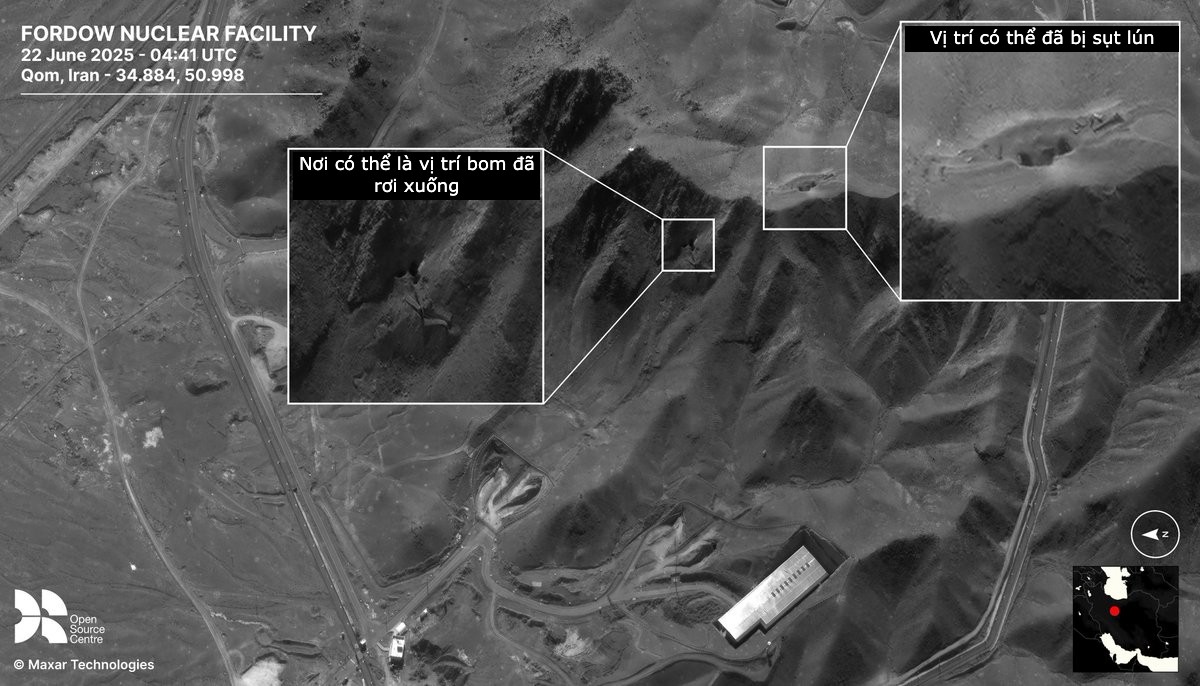 |
Satellite image of the Fordow facility after the US strike. Photo: Maxar |
Satellite image of the Fordow facility after the US strike. Photo: Maxar
According to the official, the US bombs and missiles in the early morning of 22/6 hit areas Israel has struggled to reach since launching Operation Roaring Lion on 13/6. For Isfahan, Israel specifically requested the US to target a deep mountain structure containing Iran's nuclear infrastructure and enriched uranium.
In addition to Trump's communications with Netanyahu, Israeli Defense Minister Israel Katz and IDF Chief of Staff Eyal Zamir spoke with US Vice President JD Vance, Defense Secretary Pete Hegseth, and other senior US officials on June 20 to discuss "certain operational requirements."
"The US carried out the airstrike, but Israel provided intelligence and contributed to the operation's success," the Israeli official said.
On the night of 21/6, a few hours before the US launched Operation Midnight Hammer against the three Iranian nuclear facilities, Netanyahu convened an emergency security meeting with relevant ministers to announce the impending US action. The meeting lasted until Washington confirmed the airstrikes' completion.
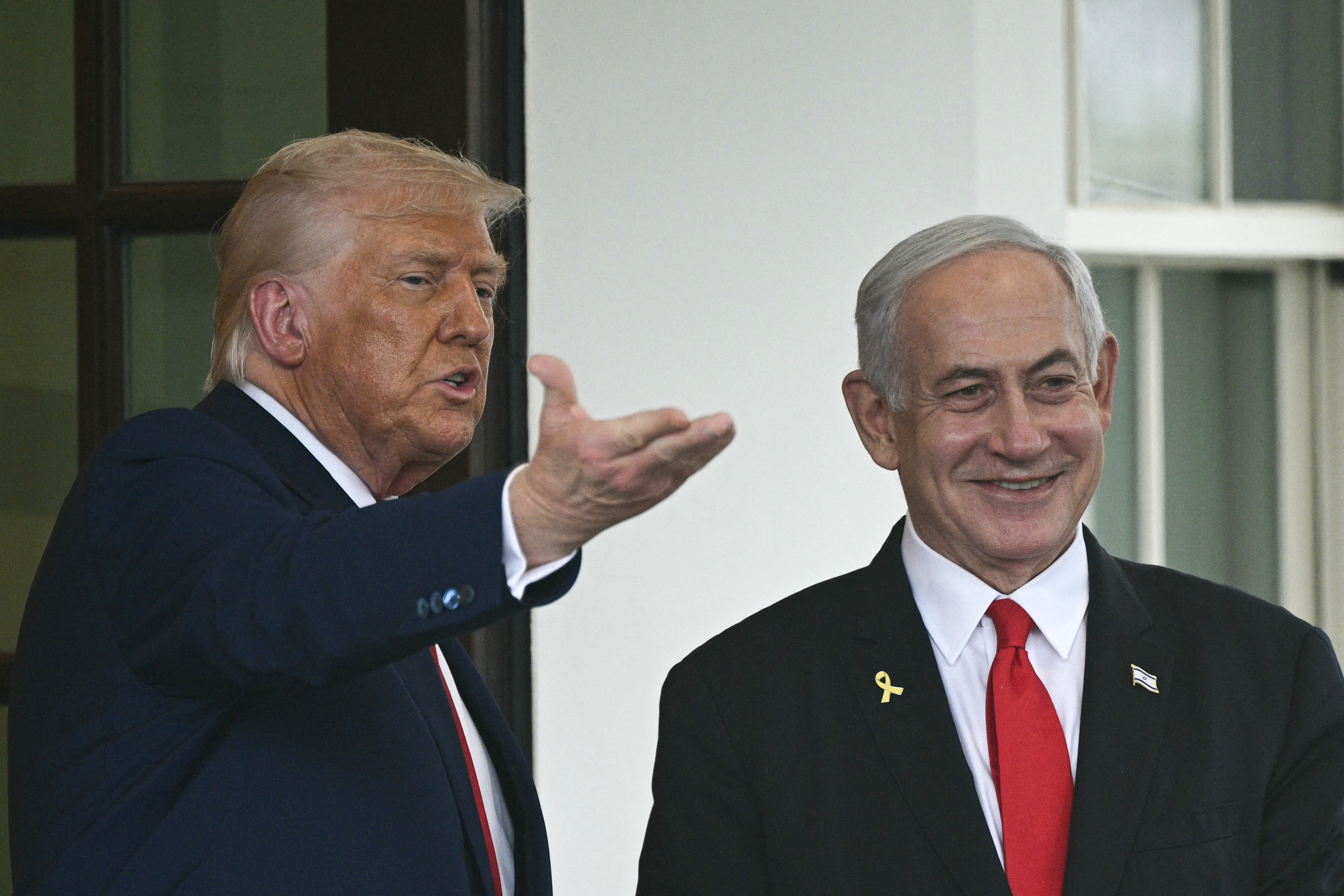 |
US President Donald Trump (left) and Israeli Prime Minister Benjamin Netanyahu at the White House on 7/4. Photo: AFP |
US President Donald Trump (left) and Israeli Prime Minister Benjamin Netanyahu at the White House on 7/4. Photo: AFP
Netanyahu and Dermer "worked tirelessly, met with numerous parties, and ultimately persuaded the US government to get involved. While the final decision was based on US national interests, they convinced Trump that attacking Iran's nuclear facilities was consistent with the commitment to prevent Tehran from acquiring nuclear weapons," the Israeli official said.
Israeli National Security Adviser Tzachi Hanegbi confirmed to the Knesset (parliament's Foreign Affairs and Defense Committee) on 22/6 that Tel Aviv knew about the US airstrike plan in advance. During the operation's preparation, both the US and Israel engaged in deception to conceal their coordination from Iran.
Israeli officials assert that a large portion of Tehran's nuclear program has been destroyed or severely damaged, but some backup facilities remain. Hanegbi declared Israel is "on track to eliminate 100% of the target list" in Iran and is now shifting its focus to eliminating the adversary's ballistic missile capabilities.
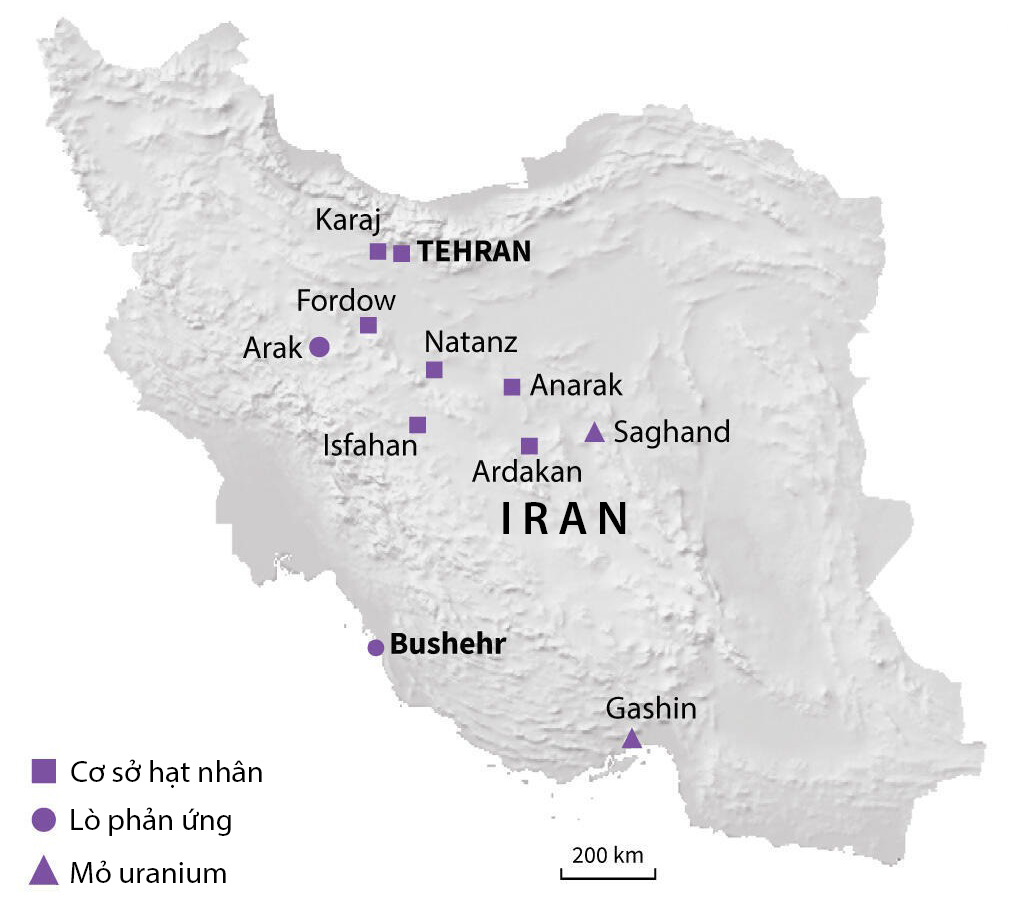 |
Locations of Fordow, Natanz, Isfahan, and other Iranian nuclear facilities. Graphic: AFP |
Locations of Fordow, Natanz, Isfahan, and other Iranian nuclear facilities. Graphic: AFP
In the early morning of 22/6, the US military conducted Operation Midnight Hammer, deploying seven B-2 stealth bombers to drop 14 bunker-buster bombs, each weighing nearly 14 tons, on the Fordow and Natanz nuclear facilities in Iran. A US submarine also launched 24 Tomahawk cruise missiles at the Isfahan complex.
A total of 125 US military aircraft participated in the operation, including those tasked with diversionary tactics and protecting the B-2 bombers. US Defense Secretary Pete Hegseth emphasized that Iran's nuclear program has been destroyed, adding that the operation did not target the Iranian military or civilians.
Thanh Danh (Jerusalem Post, Reuters)



